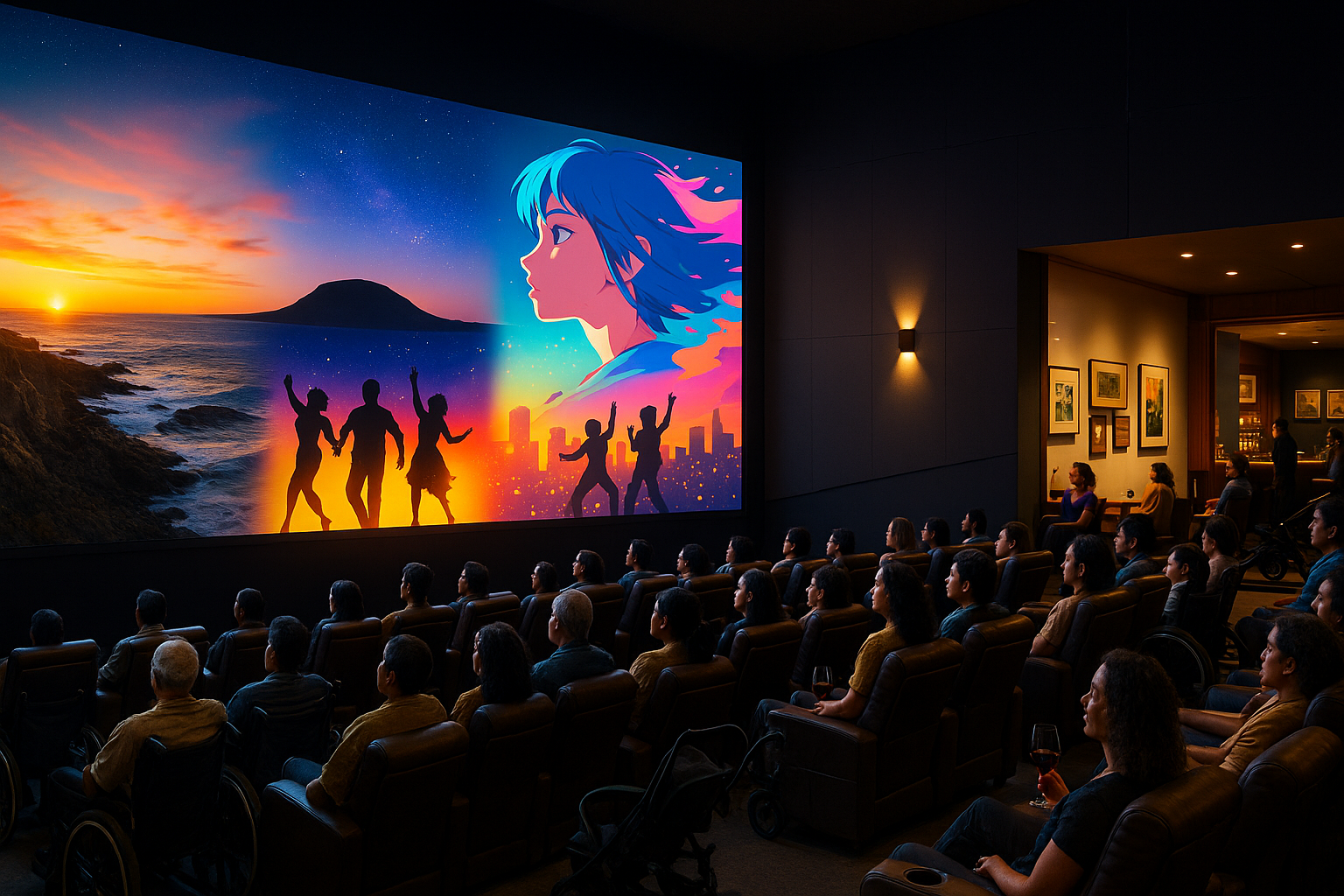Australian cinemas sit at a fascinating crossroads: local storytelling is gaining visibility while global blockbusters continue to anchor weekend attendance. Multiplex chains—Event, Hoyts, Village, and Reading—lean on premium experiences like recliners, dine-in menus, IMAX sessions, and Dolby Atmos to tempt audiences who can stream at home. That shift in value proposition is real: people will travel for scale and spectacle, and the industry knows it.
Local films are finding firmer footing by leaning into distinctive voices. Outback noir, social realism, and First Nations perspectives draw audiences hungry for specificity—stories you can’t get from another market. Historically, state agencies and Screen Australia have smoothed the path from script to screen, but what stands out more recently is how savvy marketing and festival momentum—via Sydney Film Festival and MIFF—prime films for a wide release. Public Q&As and roadshow tours give local titles that “must-see now” texture.
Internationally, the headline remains Hollywood tentpoles and animation for families, yet the texture has diversified. Anime event releases create short, intense bursts of demand; Korean thrillers and romances keep metropolitan late shows humming; and Indian cinema—both Hindi and South Indian industries—can outperform mainstream titles in certain suburbs on opening weekend. Lunar New Year brings Mandarin- and Cantonese-language hits that benefit from community-led word of mouth, often aided by subtitled sessions and targeted social campaigns.
Windowing has stabilized into a theatrical-first logic for movies that need scale, even as streaming elbows in for mid-budget dramas. Theaters mitigate with event cinema: concert films, theatre broadcasts, esports finals, and sports watch parties that transform the auditorium into a communal arena. These one-off spectacles also help fill shoulder periods and broaden demographics, from teens to retirees.
Arthouse houses—Palace and Dendy especially—curate discovery. They thrive by clustering films around mini-festivals (Italian, French, Spanish, Jewish, Queer), adding wine bars, and swapping trailers for carefully programmed previews that feel like recommendations, not ads. Accessibility has improved too: captioned sessions, sensory-friendly screenings, and baby-friendly timeslots expand who can come and when. On pricing, “cheap Tuesdays,” loyalty schemes, and flash sales remain crucial levers to smooth demand across the week.
Looking ahead, Australian cinemas will likely keep balancing three pillars: premium formats that reward leaving the couch, hyper-local stories that feel culturally necessary, and a cosmopolitan slate that mirrors Australia’s diversity. The market no longer treats “international” as shorthand for “American”—and that shift might be the quietest, most durable trend of all.










